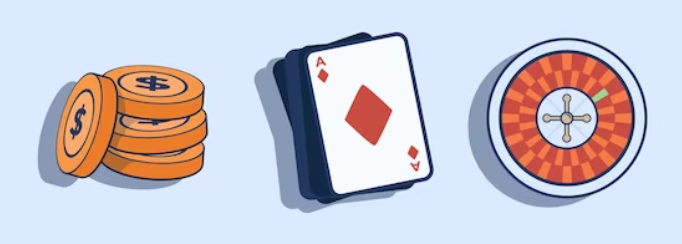
사설토토사이트 계속 만들어지는 이유
사설토토사이트 수요가 계속 늘어나는 이유에는 여러 가지가 있습니다. 이 글에서는 사설토토사이트가 계속 만들어지는 주요한 이유를 알아보겠습니다. 먹튀폴리스 평생도메인
1. 수요와 공급
1.1 토토사이트 수요
토토사이트에 대한 수요는 꾸준히 증가하고 있습니다. 사람들은 스포츠 경기에 베팅하는 것을 좋아하며, 이로써 스포츠 토토사이트에 대한 수요가 계속해서 증가하고 있습니다. 에볼루션 먹튀검증
1.2 수요 충족을 위한 공급
수요와 함께 토토사이트를 만드는 업체들이 공급을 하고 있습니다. 경쟁이 치열한 시장에서 새로운 토토사이트가 계속해서 등장하고 있으며, 이로써 더 많은 사람들이 토토사이트를 이용하게 됩니다. 안전한 토토사이트
2. 기술적 발전
2.1 웹 기술의 발전
인터넷 기술과 웹 디자인 기술의 발전으로 새로운 토토사이트를 만들기가 더 쉬워졌습니다. 사용자 경험을 향상시키는 새로운 디자인과 기능을 제공하는 토토사이트가 더 많이 나오고 있습니다. 메이저안전놀이터
2.2 모바일 기술
스마트폰과 태블릿의 보급으로 모바일 토토사이트의 필요성이 커지고 있습니다. 새로운 토토사이트는 모바일 환경에 맞춰 개발되며, 더 편리한 이용이 가능합니다. 토토레드 메이저놀이터
3. 경쟁과 다양성
3.1 시장 경쟁
토토사이트 시장은 경쟁이 치열합니다. 이로 인해 새로운 업체들은 더 다양하고 혁신적인 기능을 제공하며 시장에 진입하고 있습니다. 안전놀이터 확인방법
3.2 다양한 게임
새로운 토토사이트는 다양한 스포츠와 게임을 제공하여 사용자들에게 다양한 선택지를 제공합니다. 이로써 사용자들은 더 많은 옵션을 가질 수 있으며, 그에 따라 새로운 토토사이트가 만들어집니다.
4. 안전성과 신뢰
4.1 안전한 플랫폼
새로운 토토사이트는 안전하고 신뢰성 있는 플랫폼을 제공하기 위해 노력합니다. 이로써 사용자들은 더 안심하고 베팅을 할 수 있으며, 신규 토토사이트의 등장을 촉진합니다. 토토커뮤니티
4.2 평판과 평가
평판이 좋은 토토사이트는 더 많은 사용자를 유치할 수 있습니다. 신뢰성 있는 평가와 리뷰를 받는 새로운 토토사이트는 계속해서 성장하게 됩니다. 안전토토검증단
결론
사설토토사이트가 계속해서 만들어지는 이유는 다양한 요인이 작용하고 있습니다. 수요와 공급, 기술적 발전, 경쟁과 다양성, 그리고 안전성과 신뢰 모두가 이 현상에 영향을 미치고 있습니다. 이러한 이유들로 새로운 토토사이트가 끊임없이 등장하고 사용자들에게 다양한 선택지를 제공하고 있습니다. 먹튀검증 공식업체